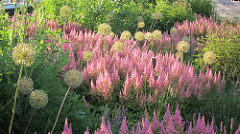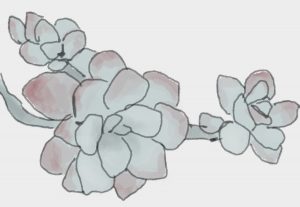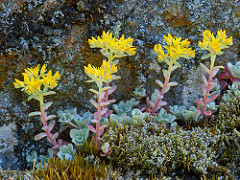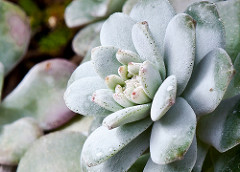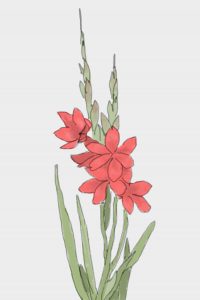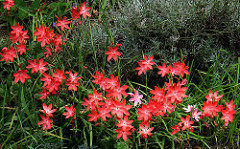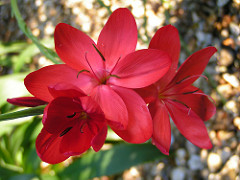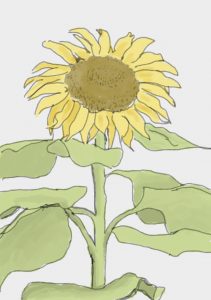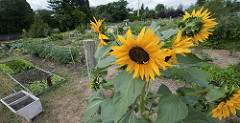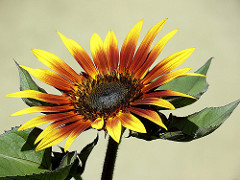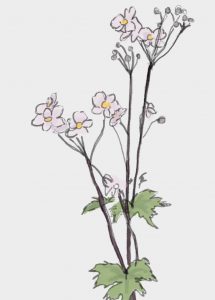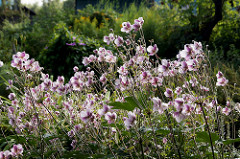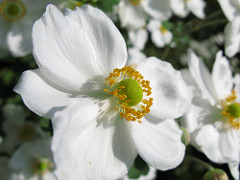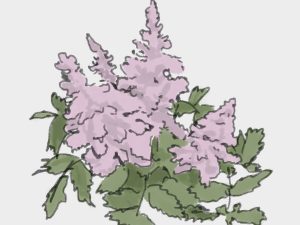 Astilbe chinensis, Chinese astilbe
Astilbe chinensis, Chinese astilbe
Family: Saxifragaceae
Description:
This compact astilbe is has lovely lavender-pink flowers that cover conical racemes. Small, whitish stamens point outward past the corolla, creating a fuzzy appearance. Foliage is dark green with a coarse, hairy texture that eventually transitions to smooth. There are two forms available, one that reaches 1m in height, and another that is low to the ground never exceeding 50 cm. Growth is rhizomatous.
Growing conditions:
Astilbe chinensis is best grown in partial shade with moist soil.
Suitable uses:
This perennial is well suited for a woodland garden. The smaller form grows densely to form a solid mat, making it a suitable groundcover.
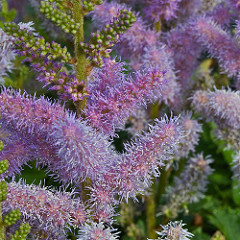
CC Image Courtesy of Distant Hill Gardens on Flickr

